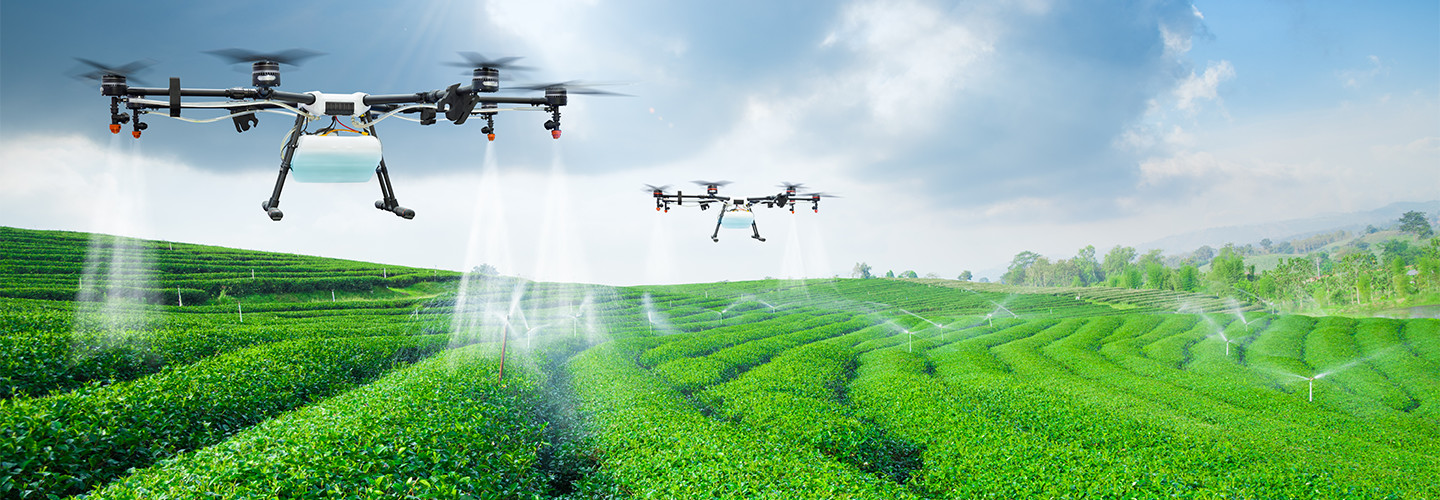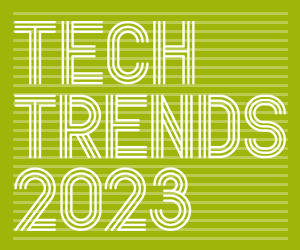As utilities seek the best way to deliver top-grade, cost-efficient services, they’re increasingly taking a blue-skies approach when it comes to drones.
The drone market in the energy sector is expected to reach $178 million by 2030, and drones are proving useful in inspecting, monitoring and maintaining critical infrastructure. Gas and water providers, for example, use drones to inspect their infrastructure, monitor nearby bodies of water and construction sites, and survey areas for future expansion.
As Forbes contributor Brian Pitre writes, “Much of the future of drones may seem like sci-fi but it’s much closer than you may think. Business leaders need to stay abreast of these changes and see how they may impact your business.”
The U.S. Federal Aviation Administration is refining a strategy to integrate drones into the National Airspace System because that would make it easier to regularly inspect infrastructure quality.
In short, evaluating the benefits and barriers to the use of drones in utilities’ data collection can reveal what’s working, and where the industry needs to go to fulfill its potential.
DISCOVER: Find out how IT cost optimization strategies boost business value.
Use Drones to Improve Data Collection
While a drone equipped for utility support can cost $250,000, that’s still a fraction of the cost for comparable measures. A drone, for example, is significantly less expensive than a helicopter, and has fewer maintenance expenses in terms of fuel and labor.
The savings are about more than just costs, though. Drones enable utility companies to identify issues faster than with human labor alone, and they help companies cover larger areas without time lags. Both save resources for utilities, adding up to a lower-cost method of collecting data.
Even when human labor remains central to the on-the-ground picture, drones can pitch in to save time and money. For instance, after a natural disaster, drones can survey an area prior to inspection, helping utility workers find and follow the safest entry and exit routes.
Click the banner to learn what tech trends energy and utility leaders are prioritizing now.
Create Highly Detailed Assessments of Critical Infrastructure
Another benefit is that light detection and ranging technology enables drones and their operators to create highly detailed 3D maps that support every logistical arm of utilities’ operations. LIDAR technology also allows drones to inspect transmission lines using more precise means than visual measurements alone.
Drones enable more accurate data collection through their ability to perform inspections at range at any time. Thanks to drones’ comprehensive capabilities with thermal imaging, they can also spot details that the naked eye cannot.
DIG DEEPER: Learn how energy IT solutions and services can help your organization.
For example, hotter solar panels appear comparatively yellow when viewed with thermal imaging, indicating a faulty panel. Workers could spot that using non-drone thermal equipment, but drones accelerate this assessment so technicians can be aware of it faster.
But perhaps drones’ biggest benefit to utilities is safety. By their nature, utilities equipment requires monitoring and maintenance no matter where it is, whether that’s hundreds of feet in the air, near a large body of water or in an urban area in chaos after a natural disaster. With drones in play, workers’ labor can be reserved for the times and places it is truly needed, letting their robotic counterparts absorb the day-to-day risk of fieldwork in this sector.
The Challenges of Integrating Drone Technology
While drones ultimately save energy and utility companies money, their ROI might take longer to surface, as it’s essentially an investment in the future. This is particularly true if you are using a drone with batteries, which may limit its usefulness on certain missions.
But if you are looking to deploy drones for your energy and utility company, the FAA has outlined steps to register your drone (there are currently 352,222 registered commercial drones) and become a TRUST-certified user. It also notes no-fly zones that you need to follow.
As with any technology, drones bring both promise and caution, keeping the human element in utility monitoring and data collection beating strong.











